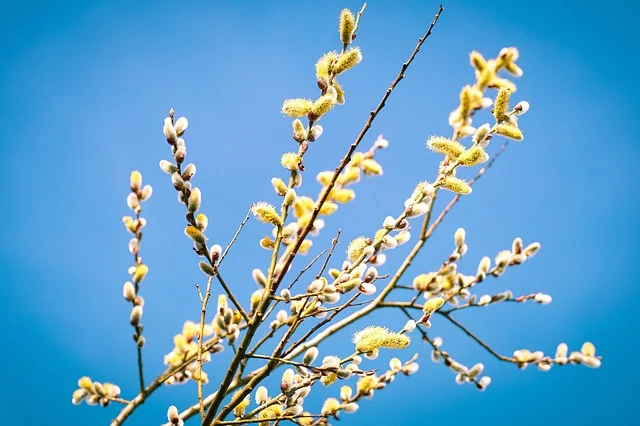Every year, one Sunday before Easter, Orthodox Christians celebrate the “Duminica Floriilor”. Translated as “the Sunday of the flowers” in English, the holiday has an interesting explanation, as well as a strong cultural significance in Moldova and Romania.
According to Historia.ro, The Sunday of Flowers or Pillars (palm or finch branches, with which Jesus was greeted at the entrance to Jerusalem) is one of the 12 feasts during the church year. Mentioned for the first time in the fourth century, the feast of the Lord’s Entry into Jerusalem, the city where it began to be celebrated, soon encompassed the entire Christian world, being celebrated with great pomp. Closely related to the miracle of Lazarus’ resurrection from Bethany, this Sunday prepares Orthodox believers for the joy of Christ’s victory over the death of the next Sunday, that of the Resurrection.
In ancient times, the Sunday of Flowers was also called the Sunday of aspirants or candidates for baptism, because on this day the catechumens all went, with great solemnity, to the bishop, to ask them to be admitted to baptism, and he gave them to learn the symbol of faith. It was also called the Sunday of pardons, because, in her honor, the emperors granted pardons. According to an ancient custom, mentioned even in the sec. IV by the pilgrim Egeria and widespread throughout the Christian Church, willow branches are brought into churches, which are blessed and distributed to the faithful, in memory of the branches of fennel and olive, with which the multitudes greeted the Lord at His triumphal entry into Jerusalem and which we carry in our hands as a sign of victory over death.
According to tradition, both in Byzantium and in the royal courts of the Romanian Lands, the Feast of Flowers was celebrated with much solemnity. The emperors (lords) took part with their dignitaries, who were given lighted torches as at Easter. Also on this day, those who have flower names celebrate their name day.


